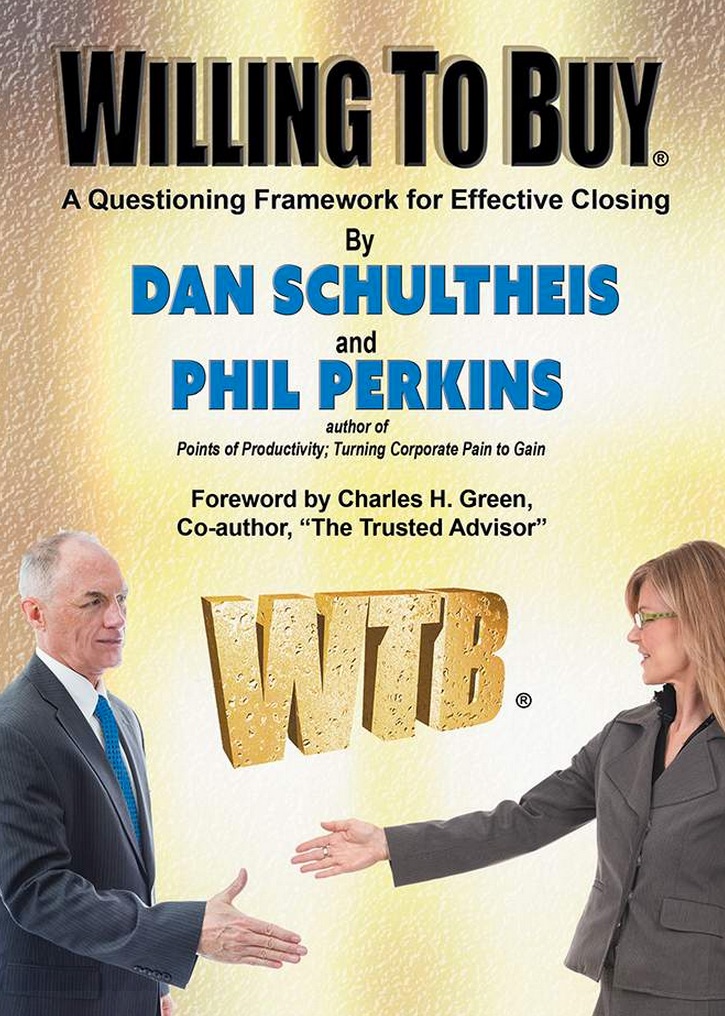The Semantics and Study of Trust
This post isn’t quite as wonky as the title would suggest. Bear with me.
Most of us would agree that ‘trust’ is a complex concept. But few of us, I suggest, have any idea how sloppily we think about it.
The Semantics of Trust
Consider some obvious grammatical usages of ’trust’:
- Trust as a verb, as in “I trust James.”
- Trust as an adjective, as in “James is less trustworthy than Jane.”
- Trust as a noun, as in “trust is less common in Russia than in Denmark.”
Now ask yourself: what is the meaning of the sentence, “Trust in banking is down”?
Does it mean:
- that people are less inclined to trust banks these days? or
- that banks have become less trustworthy than they used to be? or
- that the customer-bank relationship is less based on trust than it used to be?
Why is that important? Because if you don’t know what problem you’re trying to solve, you’re just going to spin your wheels.
Is that a real issue? You betcha. It goes to whether we need more bank regulation, better bank PR, or a rebirth of spiritual values.
For an analogy, consider the fact that serious crime in the US has been declining for about two decades – and the mistaken belief held by majorities that it has actually been rising. That’s a PR problem.
Now consider that Wells Fargo consistently and consciously incented its employees to sell unnecessary products for years. That’s a trustworthiness problem.
In the aforementioned link, from the Edelman Trust Barometer, you can find hints of all three meanings. Which suggests, first of all – we have a semantic problem. What the heck does Edelman mean by ‘trust’? Because if that answer isn’t clear, then how can we meaningfully talk about how to create trust (by smarter consumer risk-taking? by better regulation? by broader social change?).
Biases of Trust Researchers
Psychologists who study trust are, as a group, fixated on trust-the-verb. This is hardly surprising; their view of the world is from an interior perspective, the mind looking out, hence on issues of perception. They focus on the decision to trust, and thus on the attitudes toward risk-aversion and risk-seeking. Trustworthiness as an adjective is dealt with as an issue of perception by the trustor, not as an attribute of the trustee – trustworthiness is all in the eye of the beholder.
Sociologists are concerned with trust the noun, and with questions like why southern Italy is a lower-trust society than Sweden. When they say ‘trust is down,’ they are talking about the likelihood of a surveyed population to have a more suspicious outlook on strangers than they used to. They’re interested in herd behavior, not in the perceptions of individual cattle.
Business writers on trust are the most confusing of all. They pay about as much attention to trust-as-adjective (trustworthiness) as they do to to trust-the-noun. Unlike the academics, however, business writers use the word ‘trust’ to refer to institutions, as opposed to most academic talk (and most talk on Twitter, for that matter), which is about interpersonal trust.
Unfortunately, business writers are often unclear about the distinction (if banks are untrustworthy, is this because bankers are venal, or because ’the system’ is amoral? And is my trusting JPMorgan Chase really not qualitatively different from my trusting Susie?).
Definitions: A Simple Trust Ecosystem
Here’s a simple, five-factor description of the trust ‘ecosystem.’
Trust (1. the noun) is a relationship, between a trustor who trusts (2. the verb) and a trustee, who is or is not trustworthy (3. the adjective). The trustor initiates the relationship by taking a risk (4. the driver of trust); and continues when the roles reciprocate (5. the sustainment of trust).
At the risk of grammatically complexifying what isn’t all that complicated in practice: trust is an asynchronous bilateral relationship initiated by risk-taking and sustained by reciprocation.
If all who wrote about trust simply referred to these five factors, and were clear about what meaning they intended, the trust literature would be much clearer, and recommendations more cogent.


